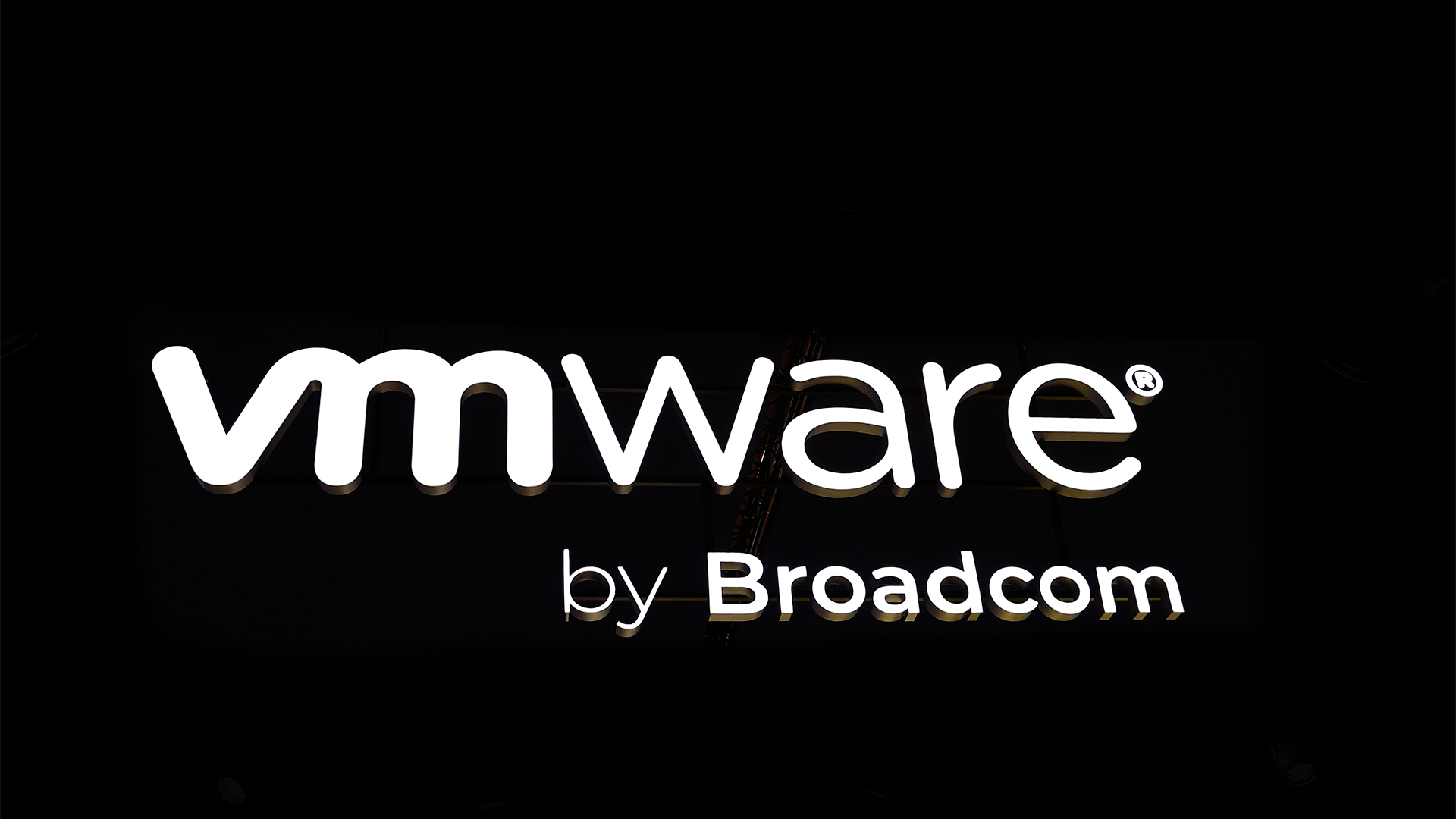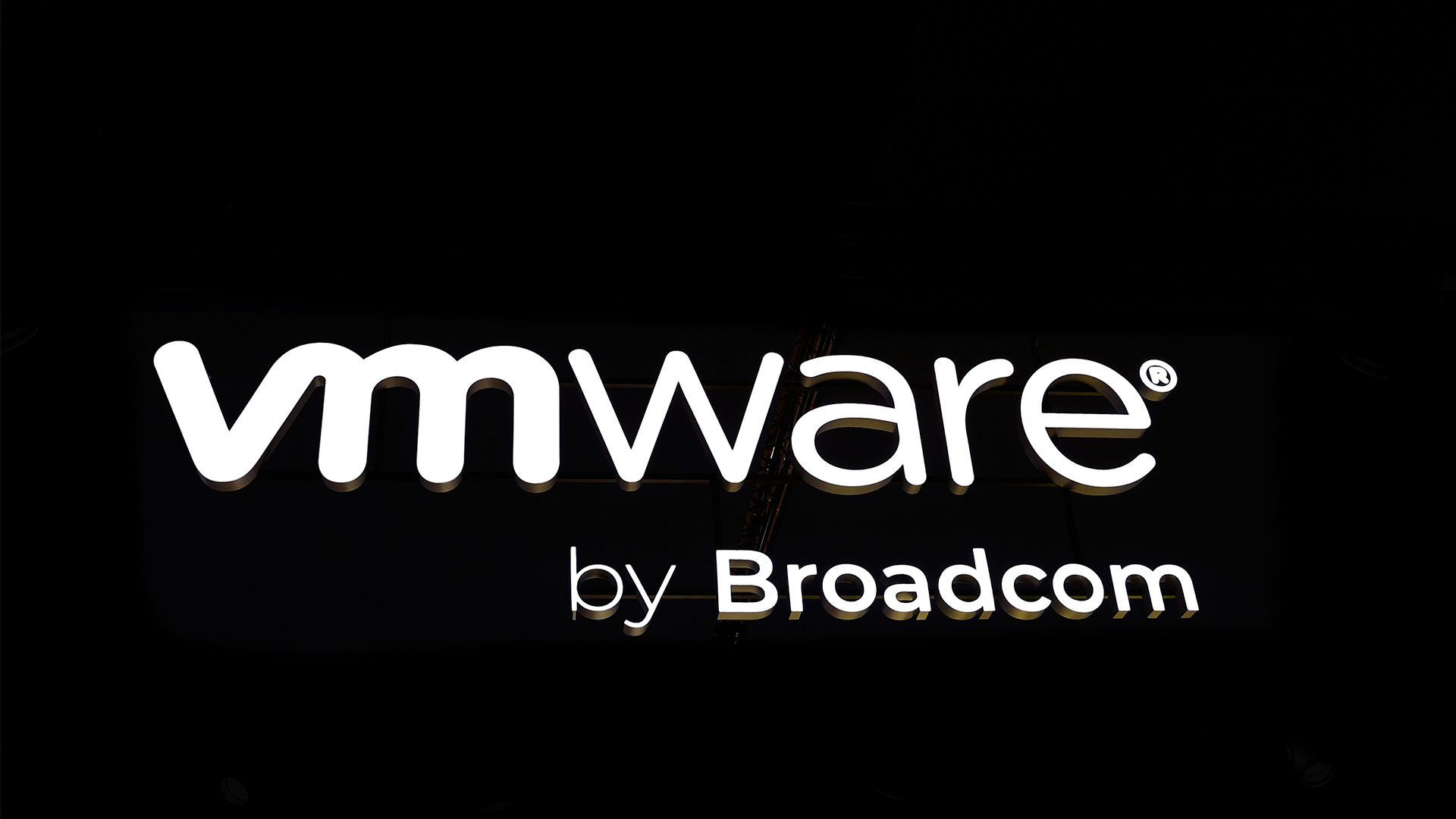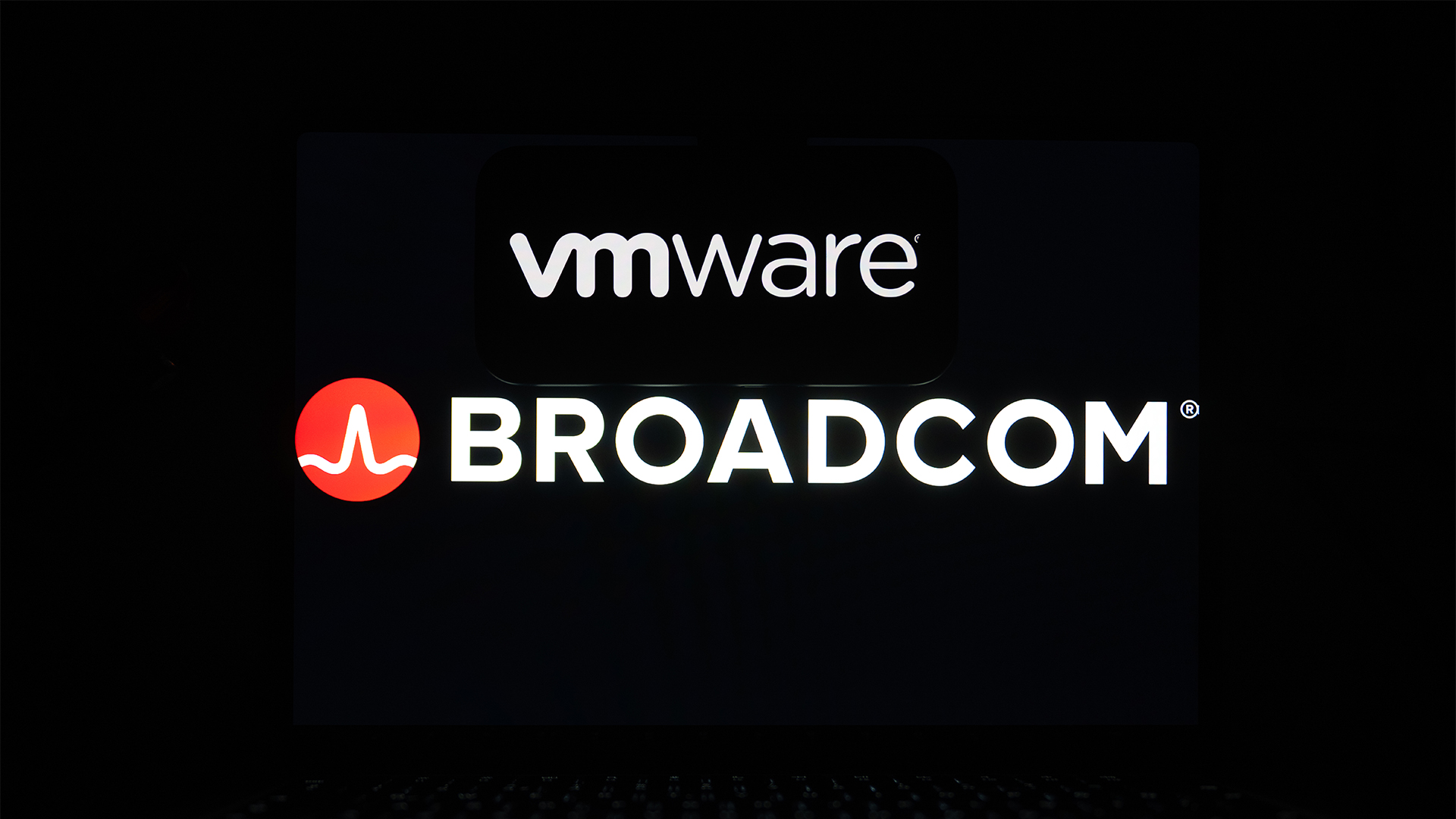Security firms plug virtual security holes
New tool helps security companies and businesses protect against the threats they can't see as well as the ones they can.

Security firms have a new weapon in the war against internet threats as a proof of concept tool is now being made commercially available.
It's called VMsafe and it provides software developers with a greater level of control and monitoring capability than was previously thought possible with either physical or virtual servers.
The increasing popularity of virtual servers has introduced new security challenges. While they provide significant benefits, with busy data centre staff being able to bring new systems online in seconds rather than minutes or hours, these same luxuries also have their downsides. Rushing out new servers can mean periods during which those systems are left unpatched and otherwise vulnerable to attack.
VMware, the company behind one of the most prevalent virtual systems, has provided developers with low-level access to its products via the VMsafe API. In practice this means that companies specialising in internet and host-based security can produce software capable of doing things that were previously unheard of.
VMsafe was first announced as a concept in 2008 but has only been available for a few months. Now, vendors including Trend Micro are rolling out products that use this API to monitor multiple systems without the overhead of traditional anti-virus software. Other uses may involve automatically checking the working status of systems, their logs and the integrity of their files.
Blake Sutherland, vice president of strategic markets and alliances at Trend Micro, told IT PRO that his team have been working on technology that will not only improve security but also cut costs too.
"The number of virtual machines (VMs) exceeds the number of previous physical servers. This is good for consolidation but, if you are using host-based security, the cost rises. You're being charged for each installation of the product, but we don't do that with our virtual security model," he said.
Sign up today and you will receive a free copy of our Future Focus 2025 report - the leading guidance on AI, cybersecurity and other IT challenges as per 700+ senior executives
The VMsafe API has also allowed Trend Micro to develop a vulnerability blocking system that would, Sutherland claims, run more effectively and with less load on the servers than traditional intrusion detection (IDS) and prevention (IPS) systems.
"Running software on the server uses resources like the CPU and most particularly memory. We cannot take the network appliance approach because this would involve an ever-increasing signature list [of threat descriptions] and appliances have their own hardware to handle that. We use VMsafe to inspect the packet stream between systems on an ESX server and if there's a vulnerability on a VM we'll block all attempts to attack it."
What happens if some malicious code enters the servers regardless of this protection? Bill McGee, Trend Micro's development director, responded saying "malware can still turn off security software. However, our application runs at Hypervisor level and will notice that the protection from the guest system has gone. We don't know of any other developers who are doing this."
It's still early days for this type of approach to security and there may be as many problems as successes while vendors work to put useful implementations in place. Sutherland acknowledges that there's still a long way to go before the full potential of this type of technology is realised. "It's the art of the possible versus the art of the practical in the short term."
-
 What the fragmentation of UC means for the channel
What the fragmentation of UC means for the channelIndustry Insights If communications are becoming fragmented, what does that mean for MSPs and VARs?
-
 How SMBs can DIY their IT implementation and support
How SMBs can DIY their IT implementation and supportFeature For some small and medium-sized businesses, the third-party expertise and support might be out of reach. What’s the alternative?
-
 VMware partners face more disruption with latest Broadcom changes
VMware partners face more disruption with latest Broadcom changesNews Broadcom’s latest VMware changes mean smaller partners could be pushed out
-
 Helping customers adopt a multi-cloud infrastructure and accelerate their modernization journey
Helping customers adopt a multi-cloud infrastructure and accelerate their modernization journeySponsored Content We outline what shifting to a subscription model means for your business
-
 There’s a ‘cloud reset’ underway, and VMware Cloud Foundation 9.0 is a chance for Broadcom to pounce on it
There’s a ‘cloud reset’ underway, and VMware Cloud Foundation 9.0 is a chance for Broadcom to pounce on itNews With new security features and cost management tools, Broadcom wants to capitalize on surging private cloud adoption rates
-
 Broadcom's 'harsh' VMware contracts are costing customers up to 1,500% more
Broadcom's 'harsh' VMware contracts are costing customers up to 1,500% moreNews An ECCO report says Broadcom hasn't solved customer complaints when it comes to licensing and contracts
-
 Broadcom records huge growth as CEO Hock Tan hails “successful integration” of VMware
Broadcom records huge growth as CEO Hock Tan hails “successful integration” of VMwareAnalysis The VMware acquisition is finally paying dividends for Broadcom
-
 Broadcom EMEA CTO claims the company has been able to solve most of its customer issues following VMware acquisition
Broadcom EMEA CTO claims the company has been able to solve most of its customer issues following VMware acquisitionNews Joe Baguley says the firm has been walking customers through license changes and explaining the value of VMware
-
 Cloud repatriation may be nipping at hyperscaler market share, but it’s a boon for VMware
Cloud repatriation may be nipping at hyperscaler market share, but it’s a boon for VMwareNews The firm’s private cloud offerings put it in a strong position to aid customers moving workloads out of the public cloud – but repatriation can’t be the only conversation
-
 VMware Explore 2024 live: All the news and updates as they happen
VMware Explore 2024 live: All the news and updates as they happenLive Blog ITPro is live on the ground in Barcelona for VMware Explore 2024 – keep tabs on all the news, updates, and announcements in our rolling coverage